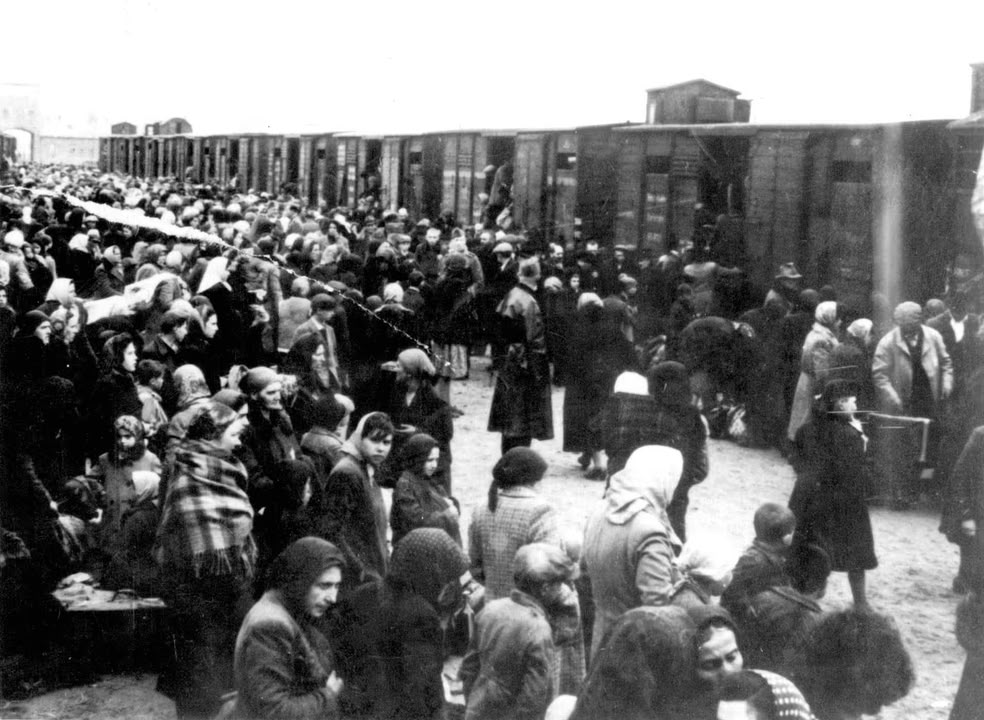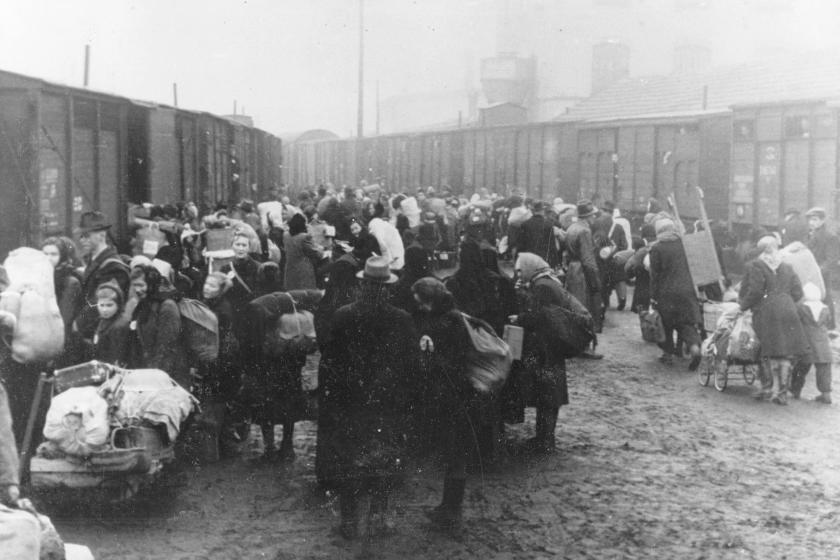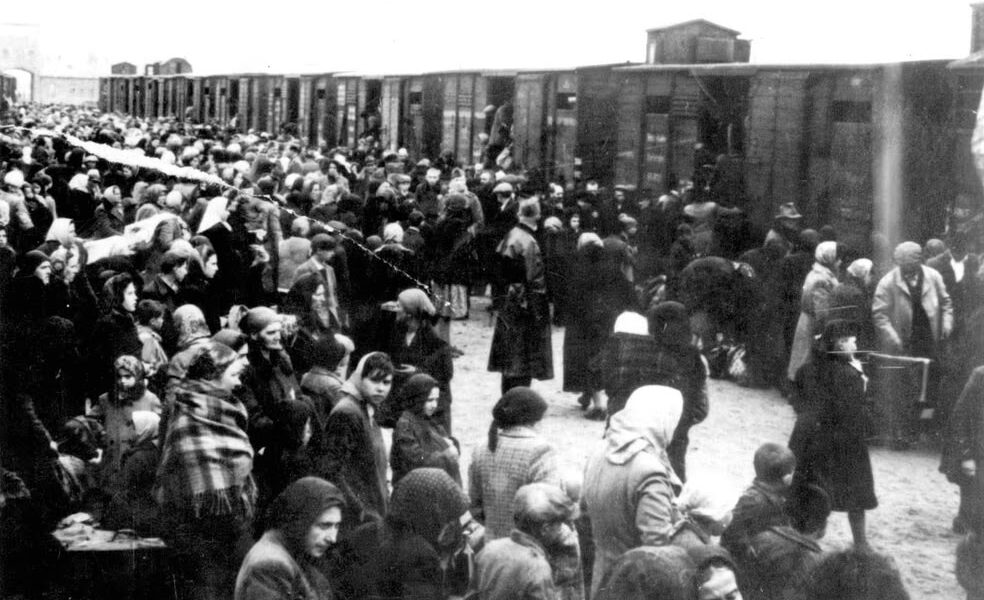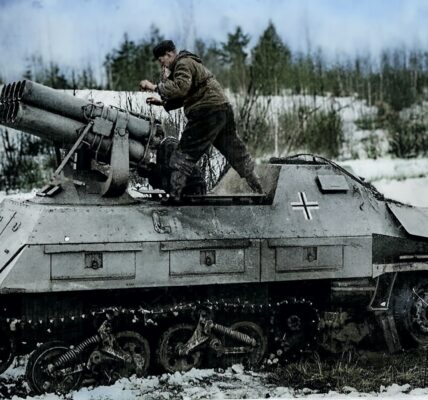
At first glance, it appears to be just an old black-and-white photograph. But a closer look reveals the unspeakable horror: a long, densely packed crowd of people, silent, exhausted. In the background, the striking entrance to Auschwitz-Birkenau, flanked by railway tracks that stand as silent witnesses to death. This image documents a moment in history when humanity reached its lowest point.
Between 1940 and 1945, over 1.1 million people were murdered in Auschwitz – most of them Jews. But Roma, political prisoners, homosexuals, and many others also fell victim to this perfidious killing machine. For many, arrival at the “ramp” meant the end. The decision of who would live and who would die was made within seconds – by a fleeting gesture from the SS.
This photograph likely dates from early summer 1944, when thousands of Hungarian Jews were deported to Auschwitz. The people seen here have no idea what awaits them. Many of them were carrying luggage – a sign of hope that it was merely a “resettlement.” The brutal truth, however, was that for most, this was the last walk of their lives.
The moment of “selection”:
Immediately after getting out of the cattle cars, men were separated from women and children. SS doctors and officers decided over life and death. Those who appeared young, strong, and able to work were sent to the camp. The elderly, the sick, pregnant women, and children, on the other hand, were taken directly to the gas chambers. This cruel practice was called “selection”—a word that still sends shivers down the spine today.

Historians, survivors, and descendants continue to ask this question today. The systematic dehumanization did not begin in Auschwitz—it began much earlier. With propaganda, with the deprivation of rights, with isolation, and finally with deportations. Auschwitz was the final link in a murderous chain forged with hatred and indifference.
In a time when antisemitic slogans are growing louder again and the Holocaust is denied or relativized by some, this image serves as a memorial. It shows where hatred can lead – when society looks away, when human rights are trampled underfoot. Every face in this photograph had a story, a name, a family, dreams, and hopes.

A call to our humanity
. This image is more than a historical document. It is a mirror to our responsibility. The responsibility to look. The responsibility to remember. The responsibility to act – so that history never repeats itself.








